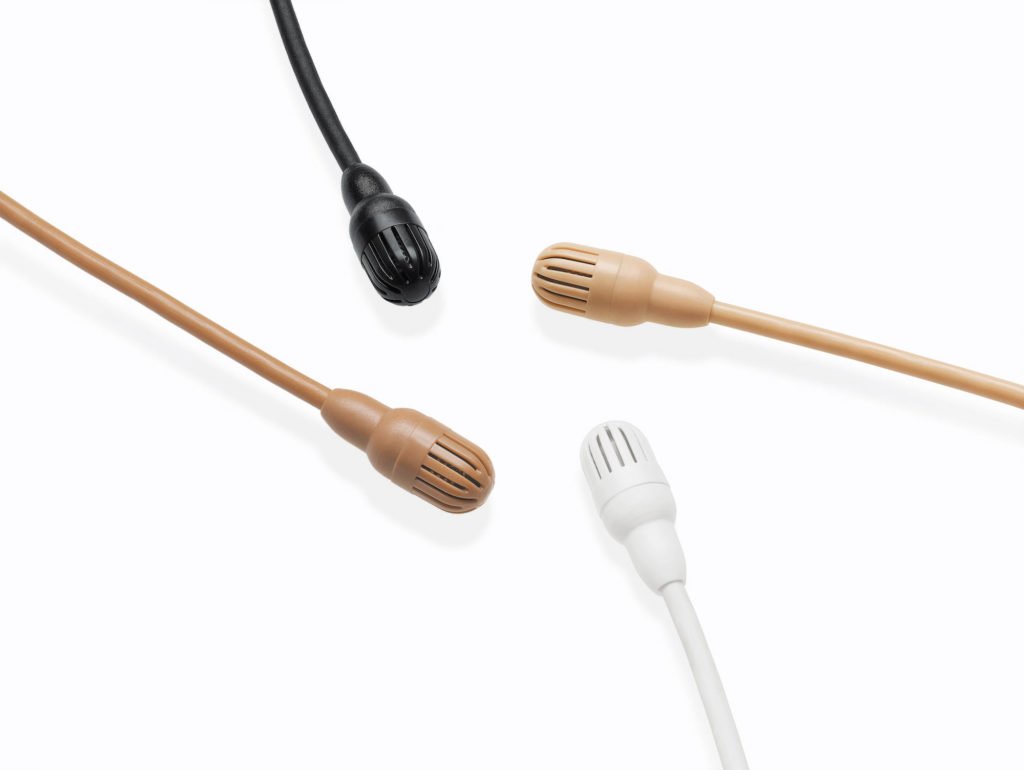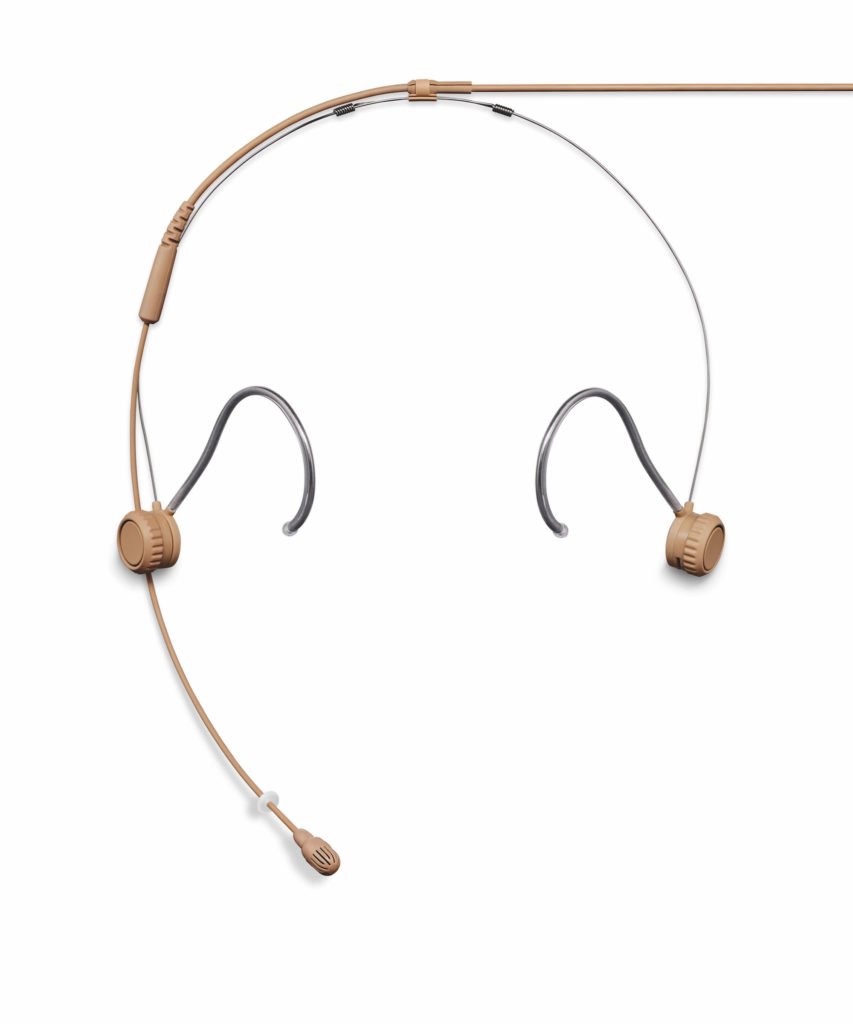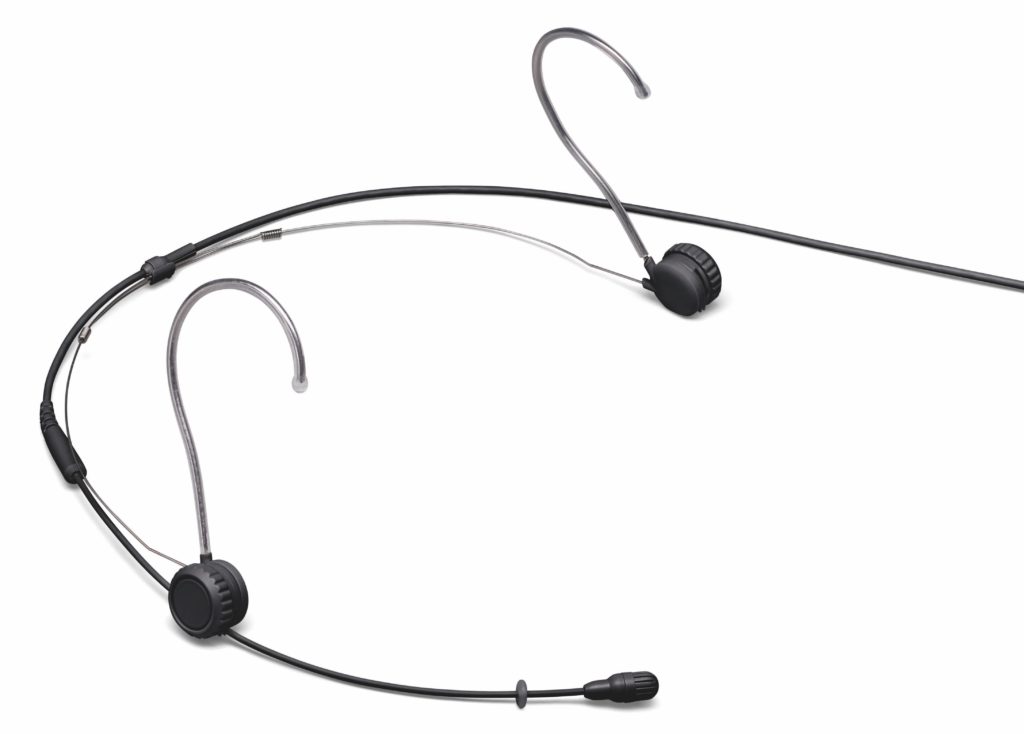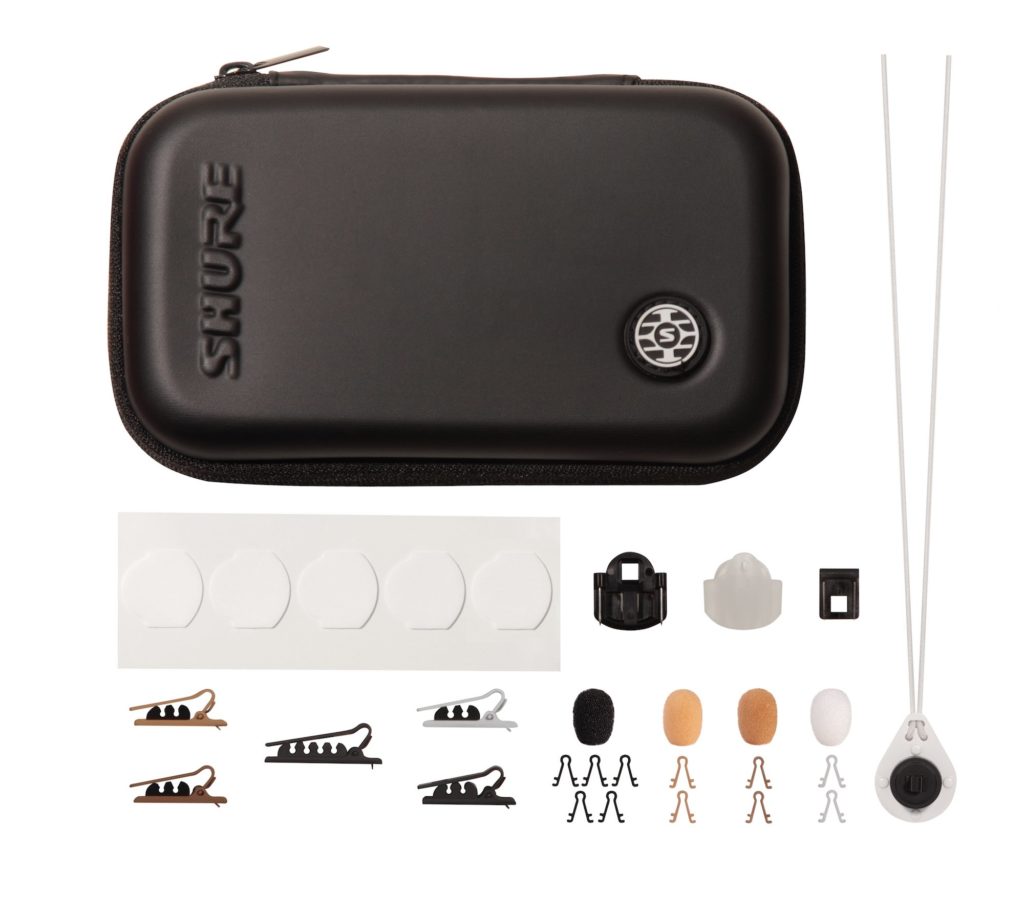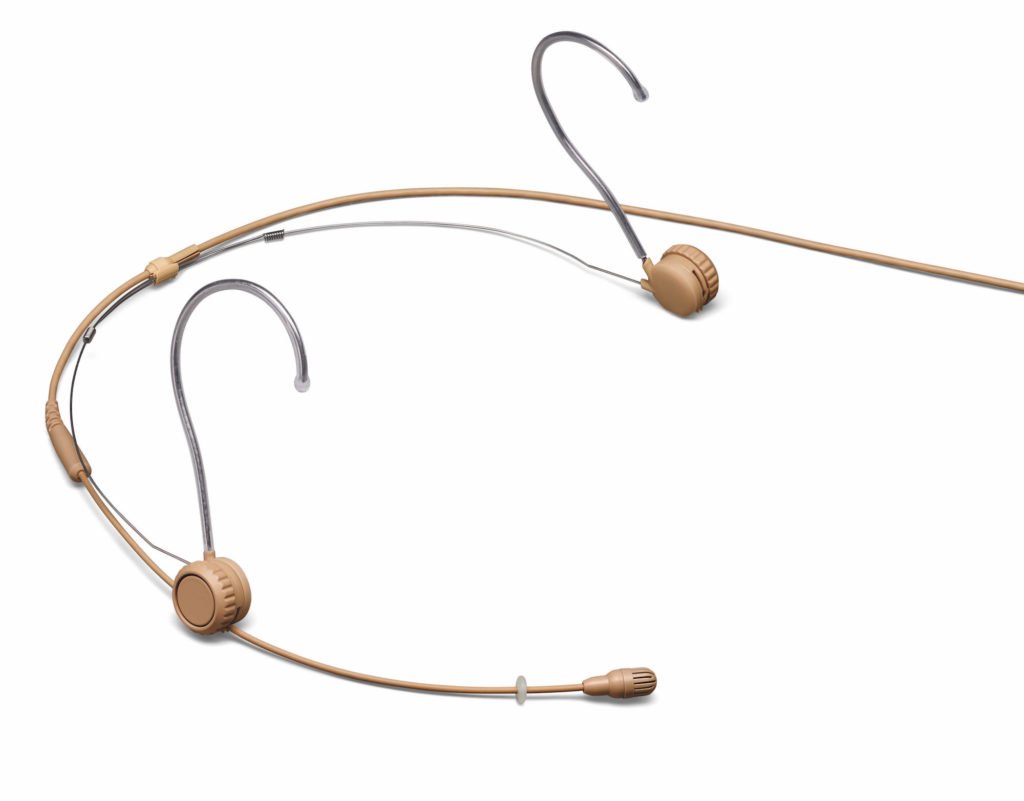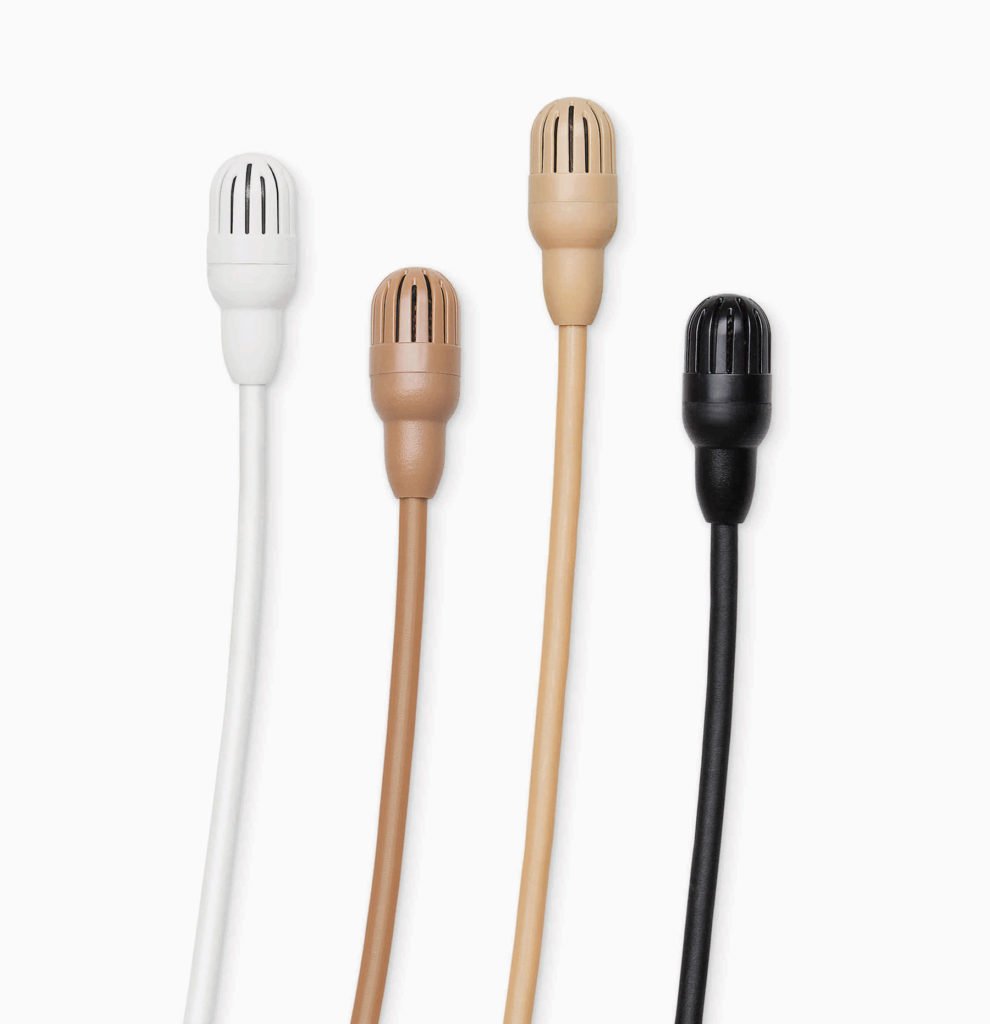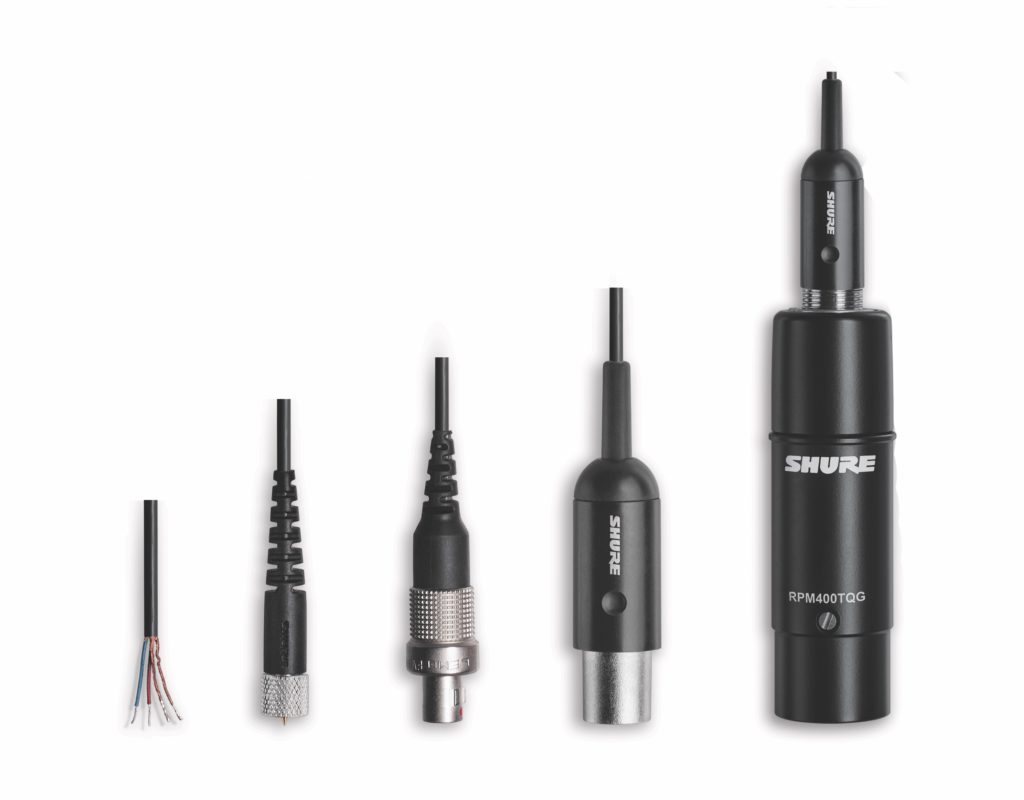News
24 Mar 2020
Shure TwinPlex TH53

Subscribe to CX E-News
Nat Devilliers is a freelance audio engineer based out of Melbourne. She is currently working as FOH sound tech for musical production Choir of Man on their 2020 Australian tour.
Choir of Man has nine singing cast members and lots of instruments.
For 80 minutes, the cast sing, play, dance and stomp their hearts out. Each of the troupe wear a TwinPlex TH53 headset mic. Most of the instruments are jack out into a pack, so they are easy. Trusty Shure UHFR transmitters get everything back to the desk.
The violin and trumpet are not mic-ed, so we use the performer headset mics to pick them up, which they do really nicely.
I also have some wired mics to cover the instruments and a PZM for the cajon. We have a tapper in the show and he gets a hand soldered, y-split creation pinned to the inside of his pants.
The clarinet also has a unique setup, hand-tweaked to shoot outside the instrument and not hear the keys. My predecessor Gideon Cozens is a whiz at making custom mics.
The first nine channels on my desk are the headset mics. It’s important to the show that these voices come through clear on and off stage. We also have a handheld and spare if needed but so far, I’ve not had to use those.
Robustness
As an ongoing production, our company had seen the previous headsets not coping with the rigorous workout that the guys give the gear.
Choir of Man is a high energy show with lots of movement and sweat and we often perform in hot, humid tents and halls. Any electronics worn close to the body in those environments are going to suffer.
Apparently, the other headsets were costing too much to maintain on the road. I wasn’t on the tour as we changed over but the TH53s have held up really well in the tough conditions that I’ve seen.
Thus far, we haven’t had any major breakages, but did manage to crack some caps last week. They still sound fine, so I’ve left them on, and the kit comes with plenty of spare pop filters and caps, so we should get through our run OK.
I make sure that I clean them thoroughly every day with swabs and isopropyl alcohol.
Flat Response
I’ve enjoyed discovering the different tonalities of the two interchange cap types – flat or presence – but generally like it flat.
On the DiGiCo SD12 desk we are using, I leave channel EQ pretty even too. I have a High Pass at around 90Hz on all channels but the baritone. He even gets sent to the subs – he has a great dynamic.
A few of the others can be honky sometimes and I have dialled that out just a little bit but most channels are pretty flat.
No Compression
I don’t compress anything in our show either, except for the barman, whose dynamics are pretty wide. Otherwise, we like the natural variations to come through, to make it sound more real and alive.
The mics don’t seem to colour the voices at all. Without doing a full reference test, it would also be hard to pick any inherent mic compression from these units.
At the end of the day, they sound very natural, which makes my job easier.
Fitment
Different heads have different ears and these units fit most of our cast pretty well. Most require a bit of taping but some need a little more, particularly around the lobes. A bit more padding for skinny ears would help but, in general, they are great for comfort.
The guys almost forget that they are there – which is perfect for a performer. Even under the extreme movement and choreography of Choir of Man, they stay in place.
Being able to swap the mic boom from left to right is another excellent feature. Two of our guys prefer the mic on the left and the other seven on the right. The little circular clutch dial on the side makes this really easy.
Sound to Performers
Running six sends of foldback from FoH, our show is focussed on stage sound and the guys seem pretty happy with the sound there. They can hear themselves and each other with good clarity.
Currently, we have two paired sends at the front, left and right fills, one overhead centre stage send and some upstage floor monitors.
I’ve had no feedback from the headset mics on stage or FoH with this setup. And so far, I have no complaints from the performers so I’ll take that as a big win!
Support
The rest of the production team and I have found the crew at Optical Audio Productions, where we sourced the TH53s, very helpful.
I’m slightly biased as I work for them sometimes but as a customer, they’ve been great. And Jands even helped me look for discontinued spare parts when our energetic gymnast barman had trashed a beltpack. So, the support has matched the products for robustness and reliability.
Shure TwinPlex TH53 – The Specs
Microphone Capsule: Dual-Diaphragm, Prepolarized Condenser
Polar Pattern: Omnidirectional Frequency Response: 20 Hz to 20 kHz
Sensitivity at 1 kHz: -45.0 dBV (5.62 mV)
Self-Noise, A-Weighted, Equivalent Acoustical: 24.5 dB SPL-A
Signal-To-Noise Ratio: 69.5 dB
Output Clipping Level at 1% THD, typical: 3.0 dBV,1 kHz
Maximum SPL, 1 kHz at 1% THD, typical: 142.0 dB SPL
Dynamic Range, typical: 117.5 dB Cable Diameter: 1.1mm
Cable Length: 1.67m
Microphone Length: 13.5mm
Microphone Diameter: 5.6mm
Net Weight with Cable: 12.0g
Product Info: www.shure.com/en-US/products/microphones/th53
Distributor Australia: www.jands.com.au
Distributor New Zealand: www.nsl.co.nz
CX Magazine – March 2020
LIGHTING | AUDIO | VIDEO | STAGING | INTEGRATION
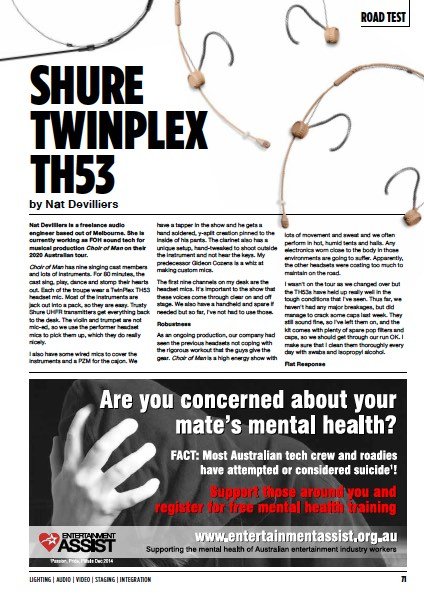
Entertainment technology news and issues for Australia and New Zealand
– in print and free online www.cxnetwork.com.au
© VCS Creative Publishing
Subscribe
Published monthly since 1991, our famous AV industry magazine is free for download or pay for print. Subscribers also receive CX News, our free weekly email with the latest industry news and jobs.


